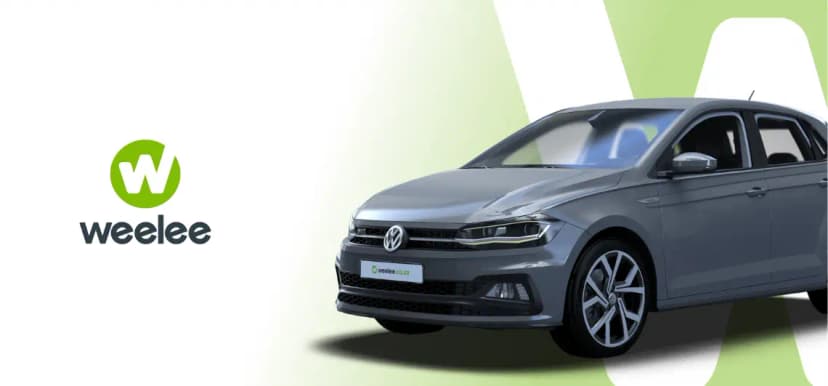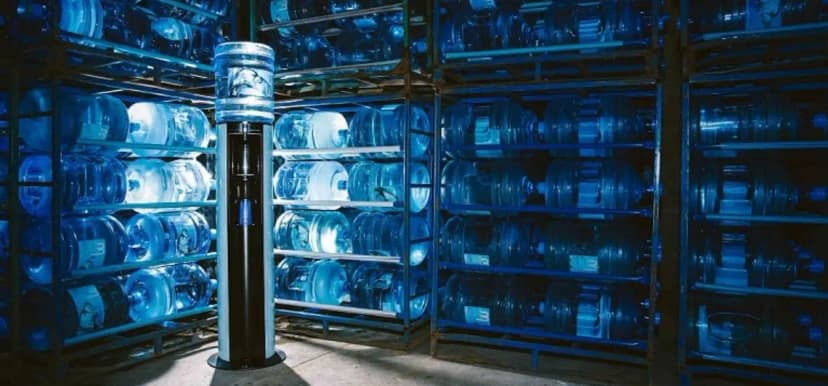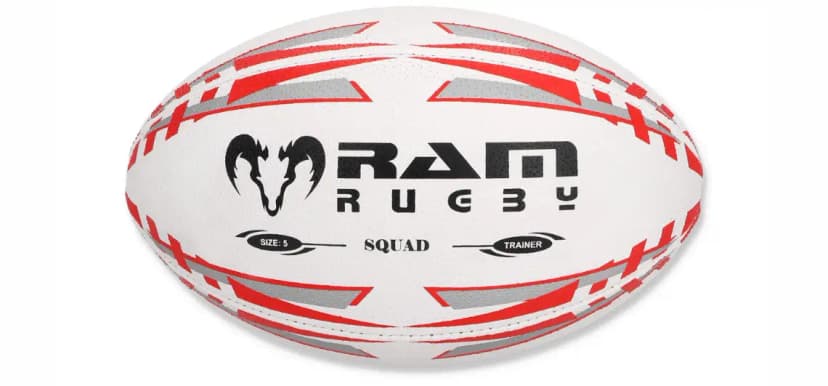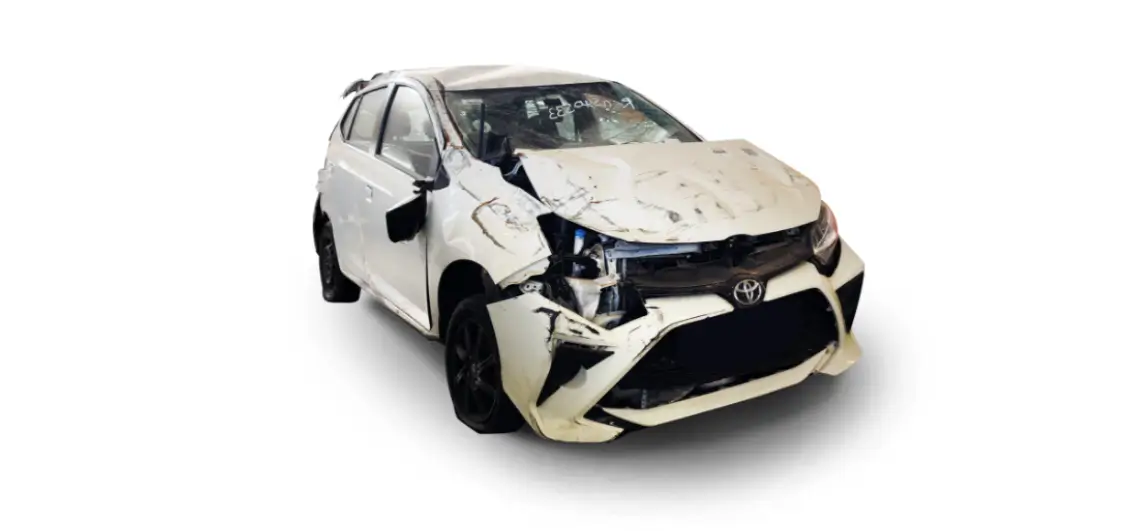What is Minimalist Web Design?
Minimalist web design prioritizes simplicity, functionality, and efficiency while eliminating unnecessary elements. As we approach 2025, the demand for minimalist web design trends is growing, reflecting a modern aesthetic that enhances user experience and focuses on content delivery.
Key Trends in Minimalist Web Design
1. White Space Utilization
White space, or negative space, plays a crucial role in minimalist web design. It helps to create balance and directs users' attention to the main content. By incorporating ample white space, designers can make websites feel more open and less cluttered.
2. Limited Color Palette
A limited color palette contributes to a clean aesthetic. Effective use of neutral colors complemented by accent colors can enhance the visual impact while maintaining simplicity.
3. Typography Focus
Typography becomes a key design element in minimalist designs. Utilizing bold fonts for headings while maintaining easy-to-read body text enhances clarity without overcrowding the layout.
4. Simplified Navigation
Minimalist design advocates for intuitive navigation. Simplifying menus and including only necessary options can vastly improve usability.
5. Dynamic Content Layouts
Dynamic layouts, such as grids and asymmetrical designs, provide visual interest while adhering to minimalist principles. This trend supports varied device responsiveness, which is crucial in today's mobile-first world.
Benefits of Minimalist Web Design
- Improves loading speed due to fewer elements.
- Enhances user experience and satisfaction.
- Increases conversion rates through clearer calls to action.
- Facilitates easier website maintenance and updates.
Implementing Minimalist Design
Step 1: Define Your Objectives
Before redesigning your website, clarify your goals. Determine what content is essential for your audience and ensure those elements are prioritized.
Step 2: Choose the Right Tools
Select tools and platforms that support minimalist design principles. Many modern website builders and CMS allow for significant customization while enabling streamlined aesthetics.
Step 3: Test and Iterate
After implementing your design, gather user feedback and analytics. This data will help identify areas for improvement and ensure your minimalist approach is effective.
Conclusion
As we move further into 2025, adopting minimalist web design trends can significantly enhance user experience and drive engagement. By focusing on simplicity, functionality, and aesthetic balance, businesses can create websites that resonate with users while fulfilling modern design expectations.














